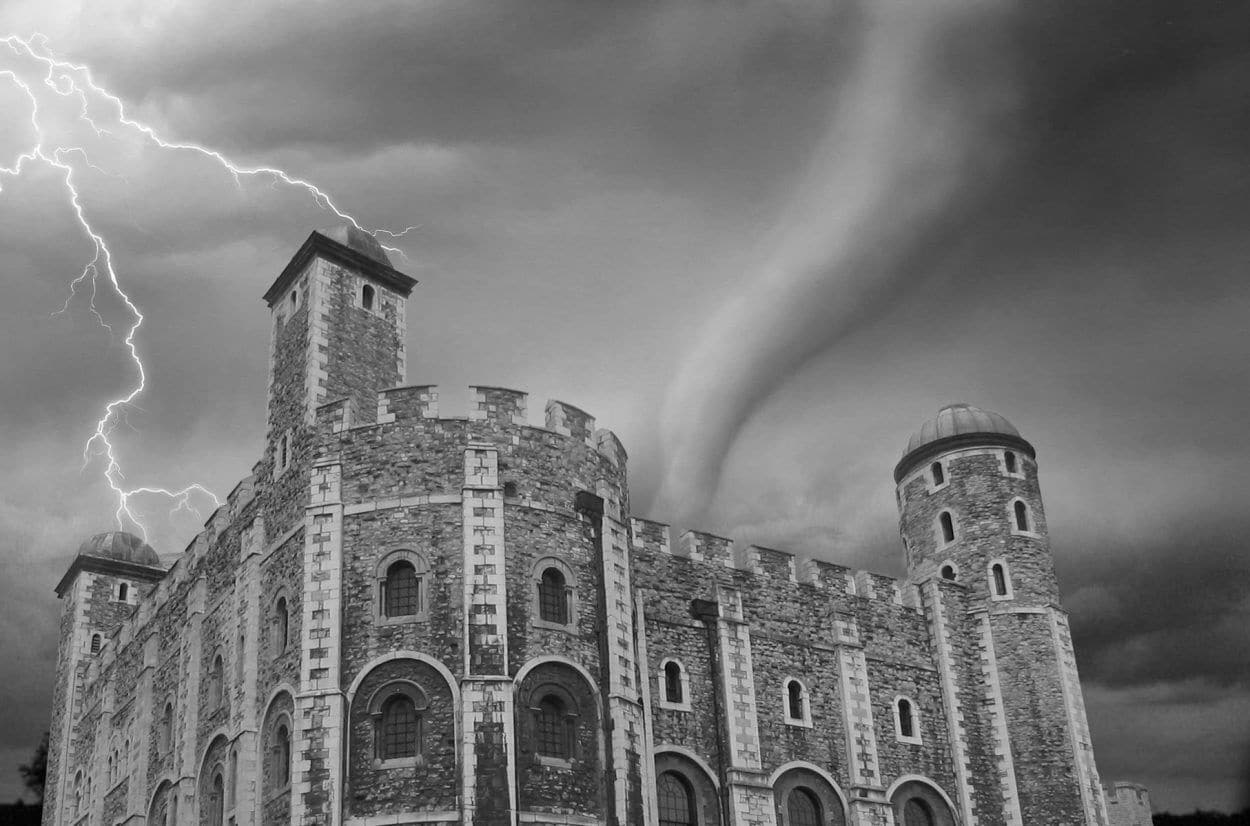London has seen its fair share of disasters, from the Black Death in the mid-14th century to the Great Plague and the Great Fire of London in 1666.
One disaster that is relatively obscured from history, was a tornado that struck at the very heart of the city, as documented by contemporary chroniclers at the time.
Only 25 years earlier, London had submitted to William the Conqueror and was witnessing the construction of the White Tower, a symbol of Norman oppression over the Saxon populous.
Despite the conquest, life in London continued relatively uninterrupted, with most of the city’s 10,000-15,000 Saxon inhabitants living alongside Normans, Norwegians, Danes, Germans, and Flemings.
On the 17th October 1091, a T8 tornado (as determined by a modern assessment of the contemporary reports) made landfall from the south-west in London with wind speeds of up to 240 mph. The TORRO tornado intensity scale measures a tornado from 0 to 11, whilst the Fujita scale measured from 0 to 5 would place the London tornado as an F4.
Several sources claim that the tornado demolished London Bridge, several churches, and damaged or destroyed over 600 houses. Despite the carnage, only two known victims lost their lives amid the destruction.
According to William of Malmesbury, the foremost English historian of the 12th century “Churches and houses, enclosures and walls were left in heaps. Huge timbers, as long as five men, were ripped from the roof of St Mary and lodged into the ground to a depth of six metres.”
Either John or Florence of Worcester chronicled “a violent whirlwind….shuck and demolished more than six hundred houses and a great number of churches in London.”
The London Tornado of 1091 would go down in history as the worst tornadic event inflicted on London, and the earliest recorded tornado in Britain.
Header Image Credit : Bernard Gagnon (Adapted)





